News
-
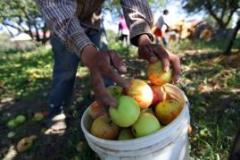
Farm Bill Reflects Shifting American Menu and a Senator’s Persistent Tilling
Read More -

Agricultural Retailers Association and The Fertilizer Institute Join Forces to Establish ResponsibleAg
"Under ResponsibleAg, retail fertilizer dealerships will have access to comprehensive inspections based on federal regulatory requirements. The inspections will be carried out by trained auditors who will have successfully completed an intensive training course based on the objectives of ResponsibleAg.
Read More -
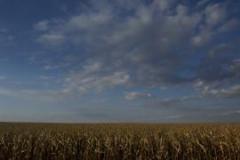
EPA proposes smaller requirements for biofuel use
"The Environmental Protection Agency on Friday proposed lowering requirements for biofuel use in 2014, trimming targets for corn-based ethanol for the first time.
The proposal would set ethanol use at 15.21 billion gallons, just under 10 percent of motor-fuel consumption and 16 percent lower than targets established by Congress in 2007.
Read More -
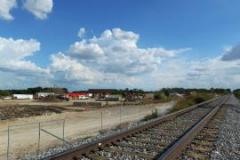
How OSHA’s West Fertilizer fine stacks up against others
"After the Occupational Safety and Health Administration proposed $118,300 in fines last week for West Fertilizer and its owner Adair Grain, The Dallas Morning News wanted to see how that fine compared to other OSHA fines. We analyzed the agency’s 56,800 fatality/catastrophe inspections since 2001.
When OSHA found wrongdoing and decided to fine a company, it proposed an average fine of $12,836 before any negotiations or appeals. The agency actually collected an average of $6,010.
Read More -
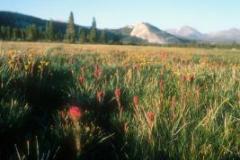
Air Pollution 'Fertilizer' Threatens National Parks
"An influx of nitrogen-based pollution is acting as an unwanted fertilizer and is disrupting the ecology of dozens of national parks, according to new research.
Read More -

Technology ushers locally produced milk, food from the farm to the table
"The milkman brings two-and-a-half gallons of South Mountain Creamery’s freshest to Cynthia Terrell’s Takoma Park home each Tuesday, carefully placing the glass bottles on her front porch before dawn and collecting the empty containers from last week’s delivery.
The scene is like a still life from some 1950s Pleasantville. But the Terrell family’s locally sourced lifestyle is made possible by something far more modern.
Read More -

Not All Industrial Food Is Evil
By Mark Bittman
"I’VE long wondered how producing a decent ingredient, one that you can buy in any supermarket, really happens. Take canned tomatoes, of which I probably use 100 pounds a year. It costs $2 to $3 a pound to buy hard, tasteless, “fresh” plum tomatoes, but only half that for almost two pounds of canned tomatoes that taste much better. How is that possible?
Read More -

In explosion's wake, fertilizer industry works for safety
By Ford West from The Hill's Congress Blog
"Two months have passed since the West, Texas fertilizer facility tragedy and our thoughts and prayers continue to be with the families that have been impacted. We are watching closely as the Chemical Safety Board investigation of the incident continues. And we were eager to hear testimony yesteday in a hearing convened by the Senate Environment and Public Works Committee to prevent future threats.
Read More -
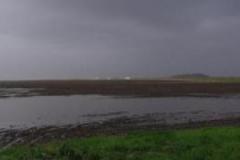
Rain, nitrogen and the 2013 corn crop: How to prevent N loss
"Growers need to evaluate their situation to determine best nitrogen practices as wet weather continues and nitrogen loss becomes a possibility.
For many, the rush to get the corn crop planted this year meant modifying or abandoning nitrogen application plans before or after planting, or before tillage. It’s likely that many acres that have remained wet have not had a nitrogen application, says University of Illinois crop sciences.
Read More -
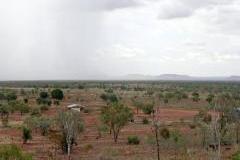
Study sees climate upside in greening arid regions
"An upside to climate change? The issue has been blamed for many problems, including more acidic oceans and rising pollen counts, but a study released Friday suggests a benefit: Arid regions are getting greener.
Satellite data since the early 1980s have shown a flourishing of foliage worldwide, and scientists have suspected this change may be due partly to the increase in atmospheric carbon dioxide, a heat-trapping greenhouse gas emitted by the burning of fossil fuels..
Read More
